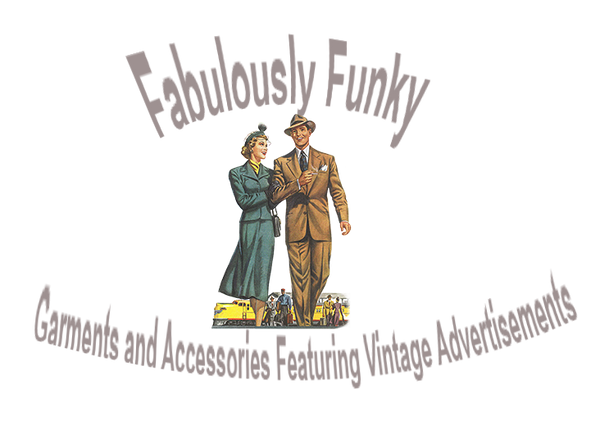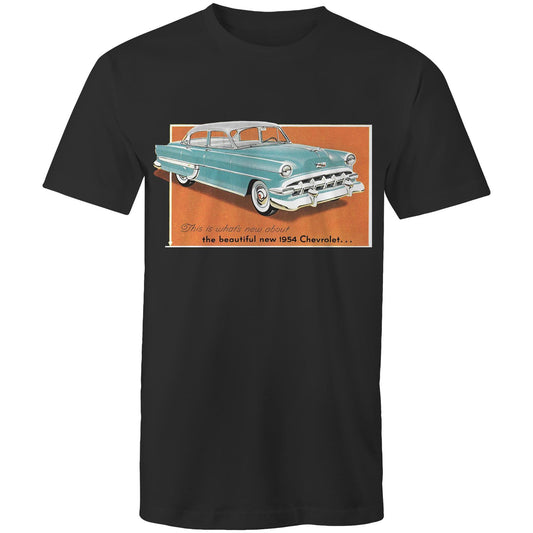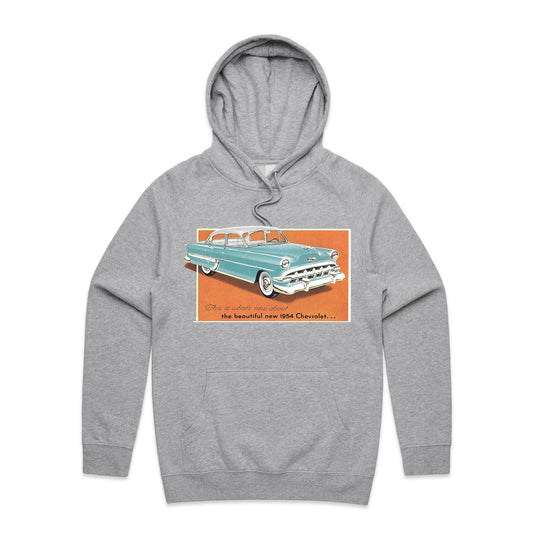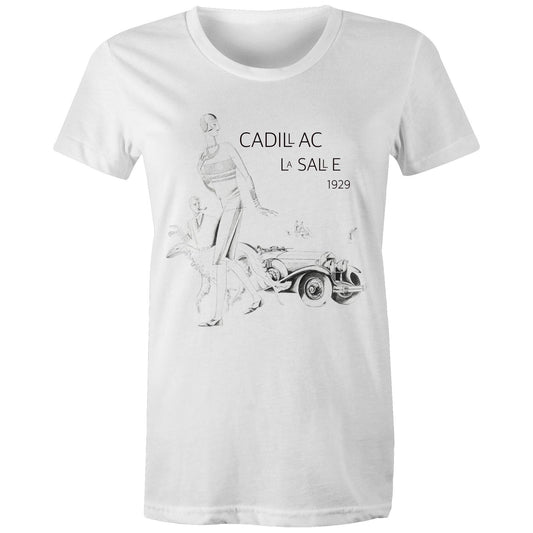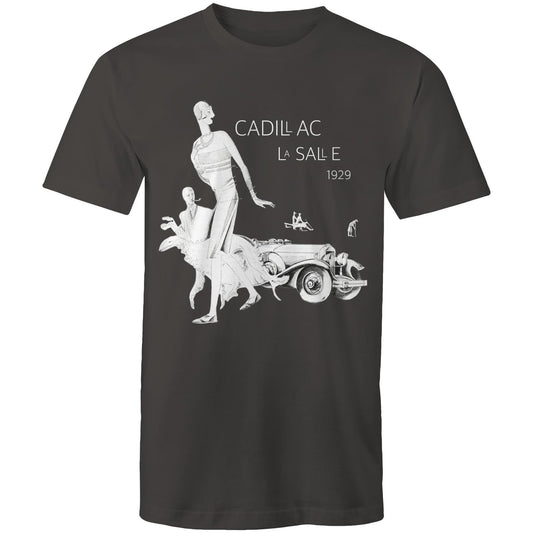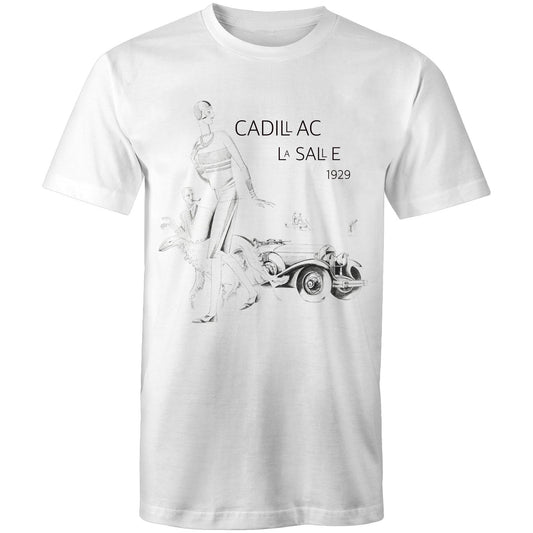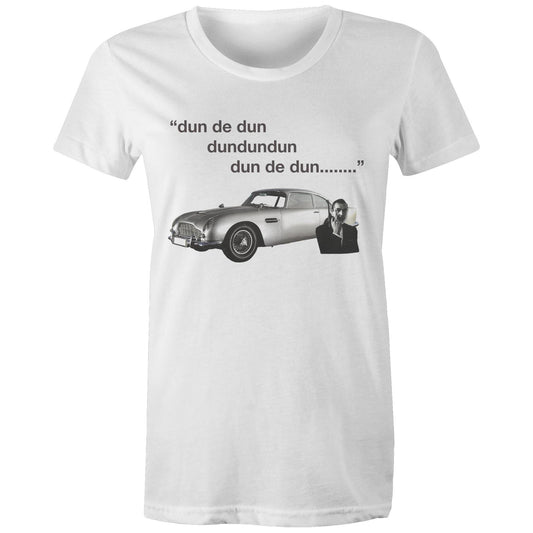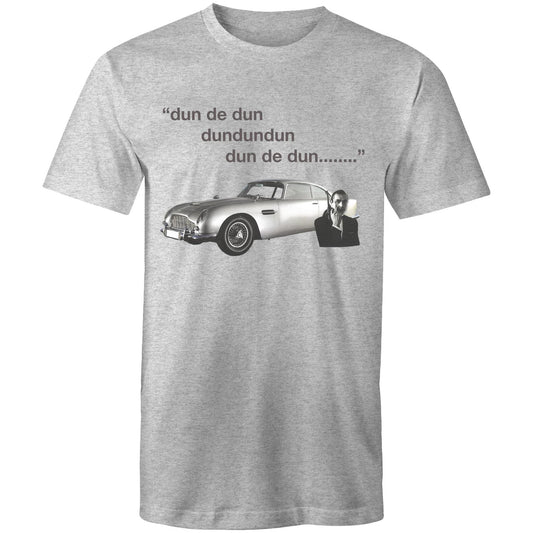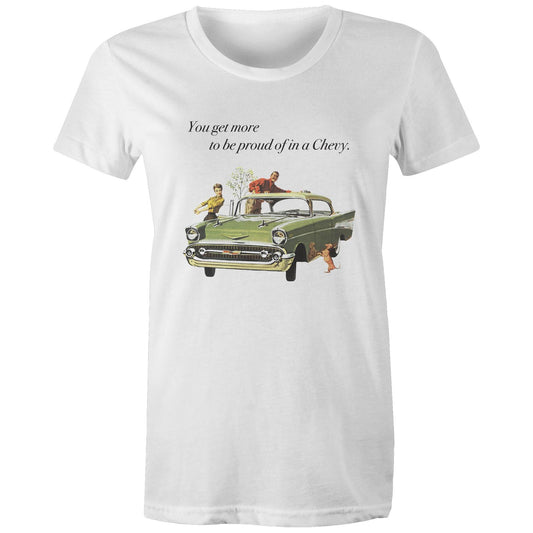Collection: Automobiles
Automobiles from the 1920’s to the 1950’s
If we look at the period from the 1920s to the 1950s, automobiles underwent significant advancements in technology, design, and mass production.
In the 1920s Henry Ford's assembly line method revolutionised car manufacturing, making cars more affordable. The Ford Model T was highly popular, giving way to the Model A in 1927.
Cars became more reliable and started to include electric starters, more powerful engines, and closed bodies.The styling remained relatively simple and functional.
In the 1930s , the Great Depression slowed car sales, but innovation continued, with streamlining becoming a design trend, leading to more aerodynamic shapes. In the USA the popular models domination the market were Chevrolet, Ford, and Chrysler. Luxury brands like Cadillac and Packard were also notable.
There were technological advances such as the introduction of hydraulic brakes, improved suspension systems, and more powerful engines. In the 1940s, because of World War II, car production was largely halted to support the war effort, and manufacturers produced military vehicles instead.
After the war, there was a surge in car production and demand. Cars featured more advanced technology, like automatic transmissions and better safety features.
In the 1950s ,the post -war economic boom led to increased car ownership. Cars became larger, with more emphasis on style and luxury. The Tail fins were popular on American cars , and chrome, and two-tone paint jobs were common. There was the introduction of power steering, power brakes, and improved automatic transmissions.
The car culture flourished with the rise of drive-ins, car clubs, and hot-rodding. Throughout these decades, the automobile evolved from a luxury item to an essential part of everyday life, influencing social patterns and economic structures.
-
Women's T-Shirt - 1954 Chevrolet
Regular price $39.95 AUDRegular priceUnit price / per -
Mens T-Shirt - 1954 Chevrolet
Regular price $39.95 AUDRegular priceUnit price / per -
Hoodie - 1954 Chevrolet
Regular price $69.95 AUDRegular priceUnit price / per -
Women's T-Shirt - Cadillac La Salle
Regular price $39.95 AUDRegular priceUnit price / per -
Mens T-Shirt- Cadillac La Salle
Regular price $39.95 AUDRegular priceUnit price / per -
Hoodie - Cadillac La Salle
Regular price $69.95 AUDRegular priceUnit price / per -
Mens T-Shirt - Cadillac La Salle
Regular price $39.95 AUDRegular priceUnit price / per -
Women's t-shirt - Bond and DB5
Regular price $39.95 AUDRegular priceUnit price / per -
Mens t-shirt - Bond and DB5
Regular price $39.95 AUDRegular priceUnit price / per -
Hoodie - Bond and DB5
Regular price $69.95 AUDRegular priceUnit price / per -
Women's t-shirt - 1957 Chevy (Free shipping)
Regular price $39.95 AUDRegular priceUnit price / per -
Mens t-shirt - 1957 Chevy (Free shipping)
Regular price $39.95 AUDRegular priceUnit price / per -
Hoodie - 1957 Chevy (Free shipping)
Regular price $69.95 AUDRegular priceUnit price / per
